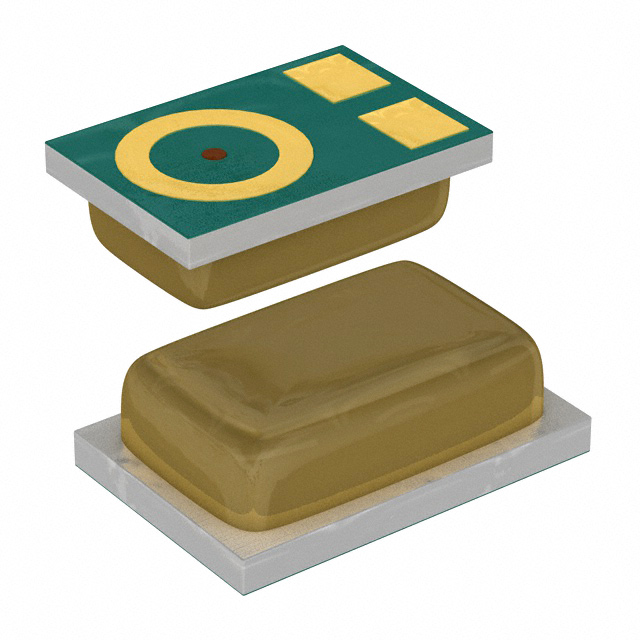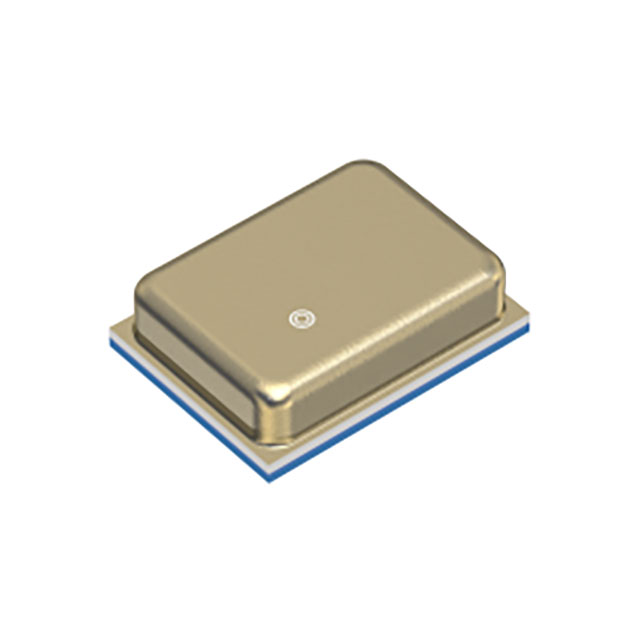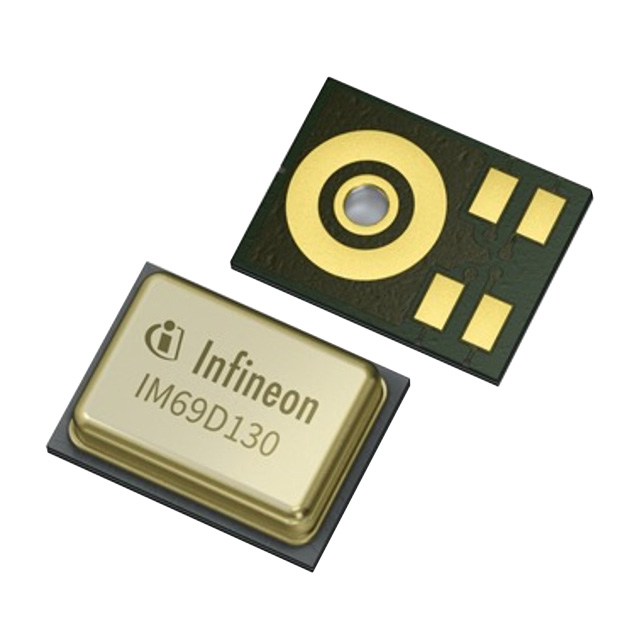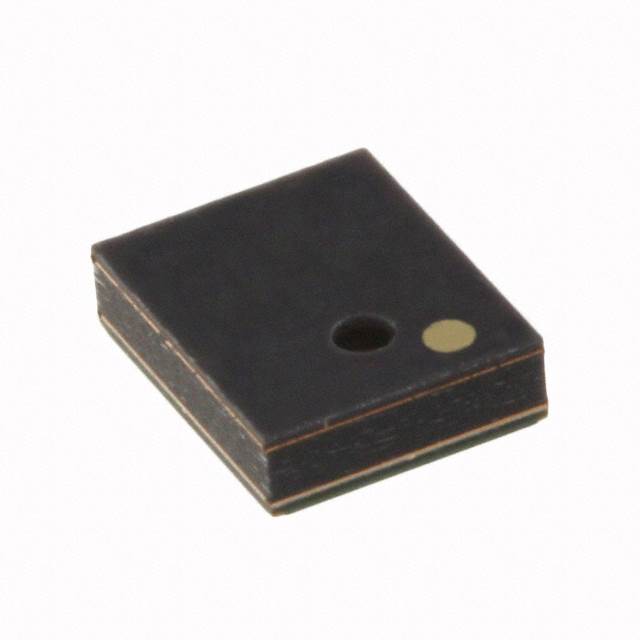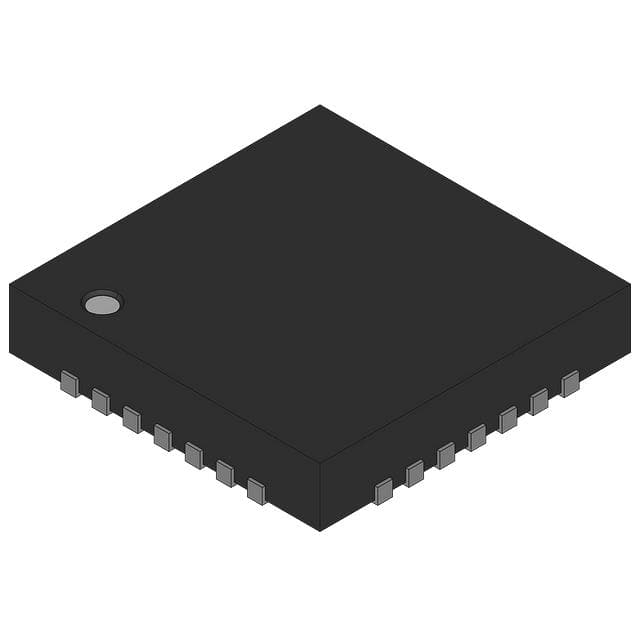Using the reference clock to realize serial communication data recovery of Cyclone10LP devices
In the non-source synchronous low-speed serial data communication scenario, the clock frequency of the communication counterpart may be biased, which may cause the data receiving end to be unable to accurately sample. In this case, the SOFT-CDR and DPA functions in the high-speed transceiver or LVDS serdes of high-end Altera devices can effectively solve this problem.
CR2032 vs CR2450 batteries: Which one is better for your device?
Many daily devices use CR2032 and CR2450 batteries because of their small size and reliable performance.
7408 Integrated Circuit: A Classic TTL (transistor-transistor logic) Type IC
The 7408 integrated circuit is a classic TTL (transistor-transistor logic) type IC, which is widely used in various digital circuits. It contains four 2-input AND gates, each with two inputs and one output, for performing logical AND operations.
What is Transistor hFE
hFE, also known as current gain or β (Beta), is an important parameter of the transistor, which represents the ratio between the base current and the collector current. It describes the gain capability of a transistor when amplifying current.
IGBT vs. MOSFET: A Comprehensive Comparison of Features
Both IGBTs and MOSFETs are important semiconductor devices that are widely used in power electronics, switching power supplies, and other high-power control systems. They can both be used to control the flow of current, but their operating principles, characteristics, and application scenarios differ.
WiFi 7 vs WiFi 6: Wireless Network Routing Comparison
WiFi 7 (802.11be) and WiFi 6 (802.11ax) are both wireless network communications standards, but they have significant differences in performance, spectral efficiency, latency, and the number of devices they support.
ENIG vs ENEPIG PCB: Explore the Difference
The choice of PCB surface finish is more than just a detail; it determines the performance and lifespan of the PCB. The versatile and robust Electroless Nickel Electroless Palladium Immersion Gold (ENEPIG) and the reliable and classic Electroless Nickel Immersion Gold (ENIG).
The automotive crystal oscillator FA-238A is the preferred choice for car Bluetooth
Epson FA-238A is a high-performance quartz crystal oscillator widely used in automotive, industrial and consumer electronics fields. It is particularly suitable for automotive-grade and high-reliability applications, with excellent temperature stability, low power consumption and high precision.
What are the differences between tantalum capacitors and ordinary capacitors
Tantalum capacitors are often used in high-precision circuits due to their high reliability, stability and small size, but due to their high price and polarity requirements, special attention should be paid to the connection polarity during design.
What is a clamping diode? Principle, function and application analysis
Clamping diodes are a common electronic component, also known as protection diodes or baropendulum diodes.
Four Common Topological Approaches to Powering LEDs
There are many topologies that can be used to power LEDs. As you probably already know, you need to first identify your design requirements before you start selecting, or you may end up with a design that is less than ideal or, worse, not guaranteed to work properly over the long term.
Regionalization Trend of Global Electronic Component Manufacturing: The Impact of Multinational Joint Ventures and Supply Chain Diversification
As global supply chain pressure increases, more and more electronic component companies are establishing production bases in places such as India and Southeast Asia, promoting the regionalization of supply chains.
US CHIPS Act 2024 in-depth implementation: How to reshape the global semiconductor supply chain and the future of technology
In August 2024, as the CHIPS Act is further promoted, the United States strives to localize the semiconductor industry and reduce external dependence. This strategic transformation is reshaping the global chip supply chain and is crucial to the future development of emerging technology fields such as AI and big data. This article deeply analyzes how the CHIPS Act reshapes the global supply chain and brings key industry impacts.
Hisense TVs sold out in Walmart on Black Friday
During this year's Black Friday promotion, Hisense TVs once again became a hot-selling product in the United States. Recently, a large number of videos of Americans rushing to buy Hisense TVs appeared on social media.
Electronic clock based on STC89C52 single chip microcomputer
Based on STC89C52 single chip microcomputer, it realizes the functions of electronic clock display and adjustment and calendar display and adjustment.
How to Choose the Best HDMI RF Modulator?

The transition to digital transmission has transformed media consumption but also introduced compatibility challenges, particularly in environments using older coaxial cable networks. HDMI RF modulators bridge this gap by converting digital HDMI signals into analog RF signals, allowing high-definition digital content to be distributed efficiently over existing coaxial networks. This is ideal for hotels, sports bars, or large venues that require streamlined content distribution to multiple TVs without complex wiring.
Today, we’ll guide you on selecting the best HDMI RF modulator to suit your needs.
What is an HDMI RF Modulator?
An modulator HDMI RF converts HDMI signals from devices like consoles, set-top boxes, or media players into an RF (radio frequency) format that can travel over coaxial cables. This allows digital video and audio to be transmitted to multiple TVs or monitors using a single coaxial network. Here’s a quick breakdown:
1. HDMI (High-Definition Multimedia Interface): Transmits HD video and audio in digital format.
2. RF (Radio Frequency): Uses frequencies for transmission, much like traditional TV signals.
3. Modulator: Converts HDMI signals into RF signals, enabling compatibility with coaxial systems.
4. Output: Typically includes a single RF output for connection via coaxial cable, with some models offering additional HDMI outputs.
This conversion lets you distribute HD content over coaxial cables, preserving the convenience and flexibility of traditional analog setups.
How Does an HDMI RF Modulator Work?
The HDMI RF modulator takes digital HDMI signals and converts them into analog RF signals for transmission over coaxial cables. The modulated RF signal can then be distributed to multiple TVs by tuning each display to the designated RF channel. This approach simplifies wiring in multi-screen environments and minimizes the need for multiple HDMI connections.
Buyer’s Guide: Key Factors to Consider
Selecting the right modulator rf hdmi requires attention to specific features and compatibility needs. Here’s what to look for:
1. Compatibility:Ensure compatibility with both your source (e.g., Blu-ray, gaming consoles) and display devices.
2. Video and Audio Quality: High-definition resolution (1080p or 4K) is crucial for clear visuals; look for lossless audio support for realistic sound.
3.Channel Selection: Some modulators let you select RF channels, which is helpful for integrating into existing setups.
4.RF Output Standard: Verify whether the modulator supports PAL or NTSC formats, matching your TVs’ standards.
5.Ease of Installation: Choose models that are easy to set up, ideally with plug-and-play functionality.
6. Number of Inputs: Decide if you need a single or multi-input modulator for connecting various source devices.
7. Price and Value: Compare features to your budget, prioritizing essential functions.
8.User Reviews and Reliability: Check user feedback for insights on reliability and customer support.
9.Future Needs: If expansion might be needed, choose a modulator with scalable options.
10.Warranty and Support: A good warranty and support team provide peace of mind.
Considering these factors before buying an HDMI modulator will help you make an informed decision and ensure that you choose a device that meets your requirements and provides reliable performance.
Evaluating Video and Audio Quality
For optimal performance, choose a modulator that supports high-definition resolutions (1080p or 4K) and rich audio formats. Quality matters for a smooth, immersive viewing experience:
1.Video Quality: Look for clear, vibrant image reproduction with minimal signal distortion over long-distance transmissions.
2.Audio Quality: Ensure compatibility with stereo, surround sound, or lossless audio formats for rich, synchronized sound.
Configuration and Ease of Use
A user-friendly HDMI RF modulator makes installation and adjustments straightforward. Consider:
1.Intuitive Setup: Simple user interfaces or web-based control for easy configuration.
2.Plug-and-Play: Reduces setup time and labor costs.
3.Flexible Control Options: Models with remote or IR control allow you to manage signals from a distance.
Cost-Effectiveness and Value
Maximize your investment by balancing price and performance. Compare features like video resolution, channel selection, and reliability. High-quality modulators from reputable brands are often more reliable and include robust support, helping you achieve long-term cost-effectiveness.
Top HDMI RF Modulators: Overview of Key Models
| Characteristics | ZeeVee ZyPerUHD | Blonder Tongue HDE-8C-QAM | PVI VECOAX MINIMOD-2 |
|---|---|---|---|
| Picture |  | 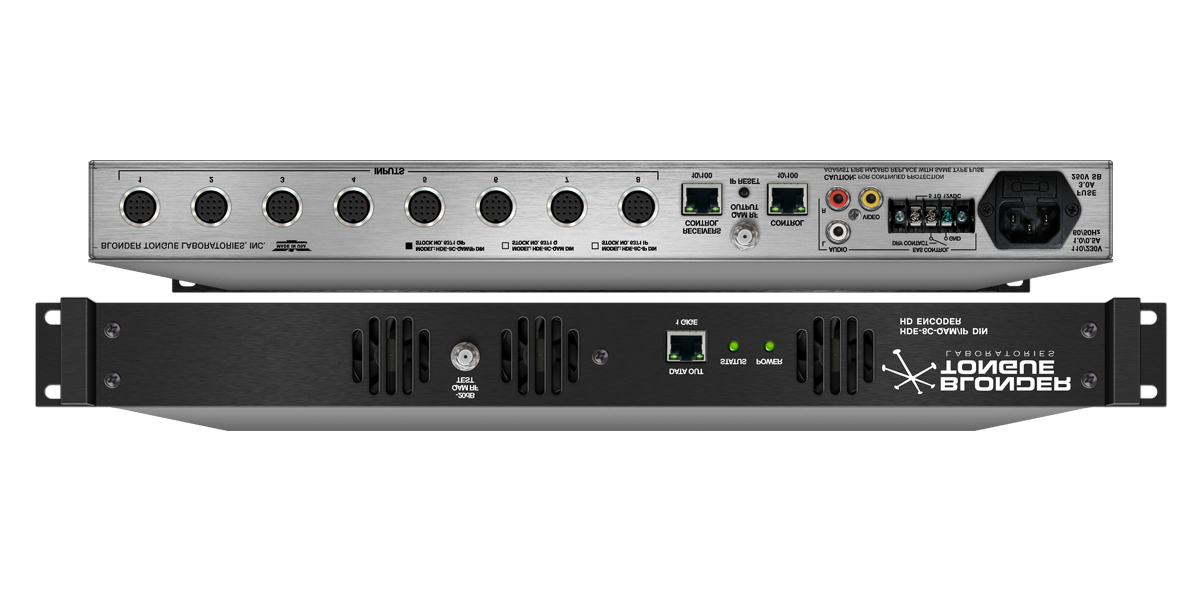 |  |
| Key Feature | 4K Ultra HD resolution with low latency. HDCP 2.2 content protection. Easy integration with existing AV systems | 1080p Full HD resolution with eight HDMI inputs. QAM modulation for integration with cable systems. Adjustable output power levels | 1080p Full HD resolution with compact design. HDMI and composite video inputs. Flexible channel selection |
| Compatibility | Works with HDMI sources like Blu-ray players, gaming consoles, and PCs. Compatible with TVs and displays with RF tuners | Compatible with various HDMI sources and displays. Ideal for commercial applications | Works with HDMI sources like satellite receivers and DVRs. Ideal for hospitality and education |
| Ease of Use | Simple setup through a web-based interface. Supports control options like IR and RS-232 | Simple setup via front-panel controls or remote management software | Plug-and-play installation with a user-friendly interface |
| Reliability | Stability and reliability backed by ZeeVee's reputation | Durable and reliable for continuous operation in commercial settings | Reliable performance in various applications with minimal maintenance |
| Value | Premium product offering advanced features and performance | Cost-effective solution for upgrading video distribution systems | Affordable solution for small to mid-sized installations. Good value for budget-conscious buyers |
| Pros | HD Video Quality Zero Latency Transmission Low Power Consumption | Cost-Effective Compact Design High Definition Output | RF Loop-Through High Compatibility Compact and Portable |
| Cons | Bandwidth Issues Requirements Potential High CostNetwork Infrastructure | Limited Inputs Complex Configuration Compatibility Concerns | No Pass-Through Single-Channel Output Limited Configuration Options |
Conclusion: Choosing the Right HDMI RF Modulator
To pick the best HDMI RF modulator:
By considering these aspects, you’ll find a modulator that integrates seamlessly with your setup, providing reliable and high-quality digital-to-analog transmission for multi-TV environments.
